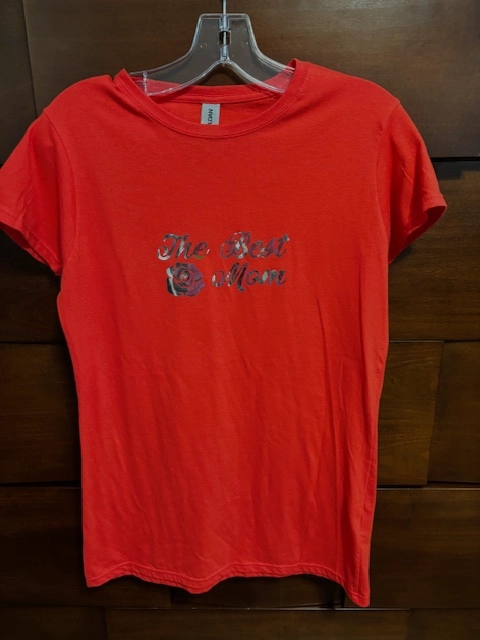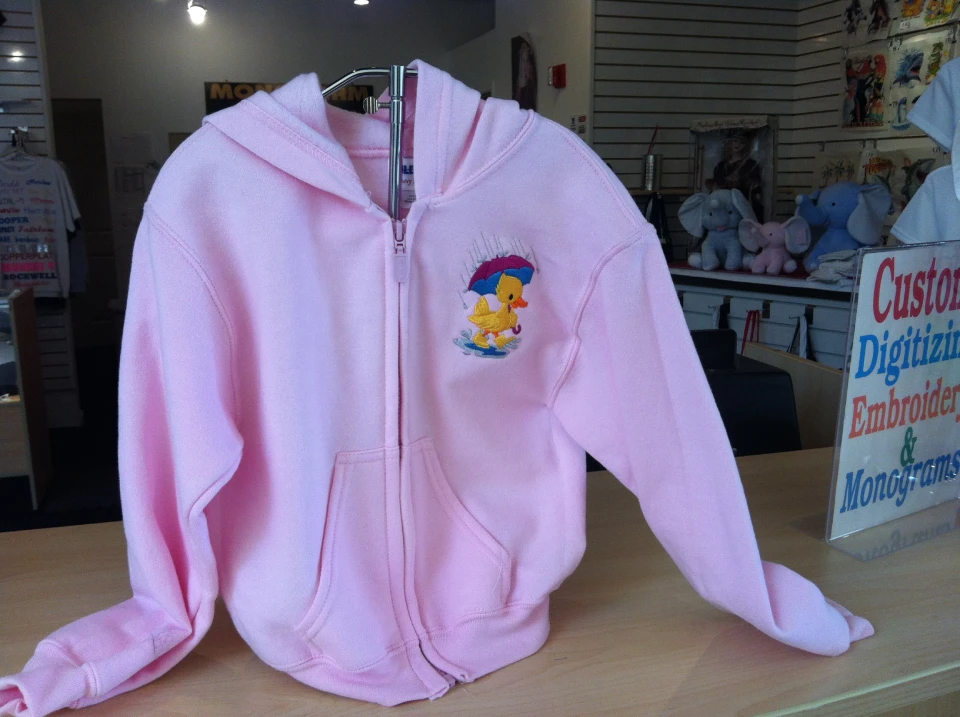The Art of Custom-made Embroidery: Unlocking the Tricks to Creating Special and Remarkable Designs
Needlework, a craft soaked in custom and creativity, holds within its complex stitches the power to change textile into a canvas of one-of-a-kind expression. The tricks to developing customized needlework designs that mesmerize the eye and leave an enduring impression depend on a fragile equilibrium of strategy, creative thinking, and focus to detail. As we look into the world of customized needlework, we uncover the nuanced interaction in between thread choice, sew intricacy, and style customization that elevates a plain garment to an artwork. Join us on a trip through the art of customized needlework as we untangle the enigmas behind crafting genuinely memorable and distinct creations.
Selecting the Right Embroidery Threads
When picking needlework strings, what key factors should you consider to make sure the ideal results for your custom-made designs? The option of embroidery thread is vital in identifying the last result of your stitched layout.
In addition, the weight or density of the string plays a significant function in the appearance of the needlework. Thicker threads can include measurement and appearance to your layout, while finer strings are excellent for intricate information and tiny message. Additionally, considering the color fastness and washability of the string is crucial to make sure that your custom-made styles maintain their quality and vibrancy in time. By very carefully reviewing these aspects and choosing top notch threads that meet your certain needs, you can boost the aesthetic appeal and longevity of your stitched productions.
Exploring Different Stitch Methods
To look into the world of 'Discovering Various Stitch Strategies', one must grasp the details and nuances that each sewing approach brings to the art of embroidery. Various stitch techniques not just include aesthetic rate of interest yet likewise add to the total structure and dimension of the design. One popular stitch strategy is the satin stitch, which entails very closely packed parallel stitches to develop a smooth and glossy surface, suitable for filling out shapes and creating strong outlines.
On the other hand, the backstitch is a functional strategy typically utilized for describing and adding fine information. It involves stitching backward to develop a solid line of embroidery. In addition, the French knot stitch adds a tactile element to designs, ideal for creating distinctive accents like blossom centers or ornamental touches.
Exploring various stitch methods allows embroiderers to play with light, shadow, and depth within their designs, raising the aesthetic appeal and artistic quality of their needlework projects. By grasping various sewing techniques, one can unlock countless opportunities for producing unique and memorable custom-made needlework pieces.
Incorporating Personalized Layout Elements
Having explored the details of different stitch techniques such as the satin stitch, backstitch, and French knot, the emphasis now changes towards including tailored style elements in personalized needlework jobs. Customized layout aspects play a vital role in making embroidery jobs truly one-of-a-kind and remarkable. One method to integrate visit this website customization is by including initials, names, or considerable days to the design. This not directory only includes a customized touch yet likewise enhances the nostalgic value of the embroidery piece.
One more means to include individualized design elements is by consisting of symbols or concepts that hold unique significance to the recipient or reflect their rate of interests and individuality. Integrating a favored blossom, pet, or hobby-related icon can make the embroidery layout a lot more meaningful and tailored. Furthermore, selecting colors that reverberate with the recipient or line up with the designated motif can further enhance the customization of the embroidery task.
Grasping the Art of Shade Control

One trick facet of color coordination is understanding color theory. This includes understanding exactly how various colors communicate with each other, the feelings they share, and exactly how they can be incorporated to produce aesthetically appealing layouts. By applying color theory principles, embroiderers can produce unified color palettes that improve the general appearance of the layout.
Furthermore, taking notice of comparison is essential in color sychronisation. Using contrasting colors can aid specific aspects of the design pop, boost readability, and create a visually dynamic embroidery piece. By grasping the art of shade coordination, embroiderers can elevate their layouts and create unforgettable pieces that resonate with customers and audiences alike.
Enhancing Texture With Advanced Needlework Stitches

French knots, as an example, are excellent for including little, elevated dots to your design, simulating the appearance of grains or creating a textured surface area. Bullion knots, on the other hand, can be used to create twisted, ropelike aspects that add a luxurious feeling to the needlework. Seed stitching includes little, scattered stitches that can fill out locations with a polychromatic appearance, while turkey work develops cosy, dimensional accents similar to animal fur or vegetation. Trying out with these sophisticated embroidery stitches allows you to press the borders of typical embroidery and develop really distinct and aesthetically attractive appearances in your styles.
Conclusion
In conclusion, the art of personalized embroidery entails a mix of selecting the ideal threads, discovering different stitch methods, including personalized style aspects, mastering shade sychronisation, and boosting texture with sophisticated stitches. By understanding and executing these crucial elements, embroiderers can develop distinct and memorable layouts that showcase their creative thinking and skill. Needlework fanatics can unlock the keys to producing beautiful and bespoke items that attract attention and leave a long-term impression.